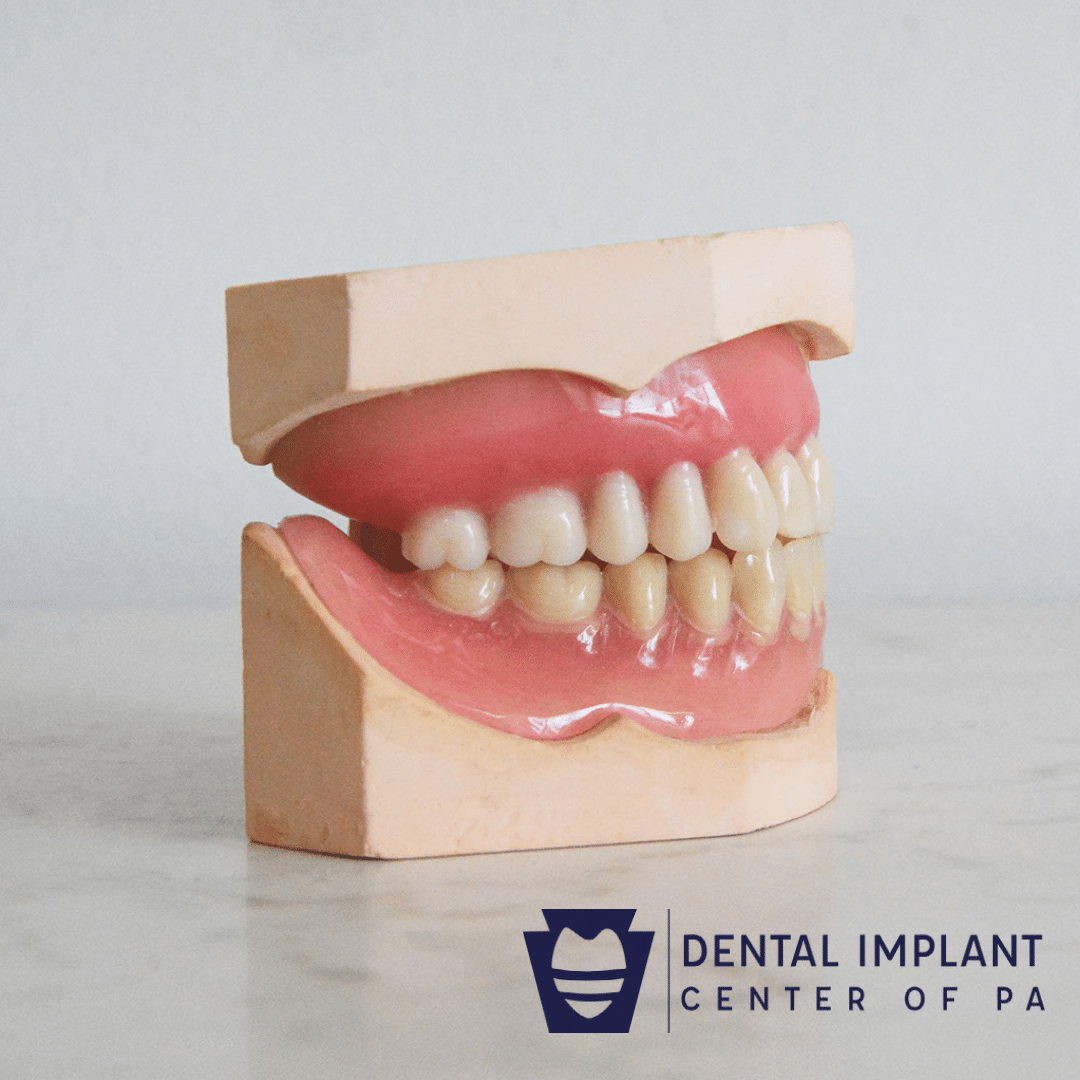The ‘gold standard’ of treatment currently when we lose a single tooth is a dental implant. Technology today has allowed dentists and surgeons to place implants accurately and more reliably. Getting implants is the ideal way to replace a tooth, but it may not be an option for every patient. Below are a few dental implant alternatives.
Bridge
Bridges are a great option for patients who don’t qualify for implants. A bridge is a common dental restoration that can replace one or more missing teeth by literally bridging the gap they left behind.
A fixed bridge is permanently cemented in and can only be removed by a dentist. It consists of false teeth called “pontics” in the middle and one or more anchoring crowns called “abutment” teeth on either side. The pontics fill in the gap while the abutment teeth are secured to the natural teeth adjacent to the gap, holding the bridge in place.
To connect the bridge to the neighboring natural teeth, the natural teeth must be shaved/filed down in order to provide space for the crowns to correctly align with opposing teeth and enough surface area to enable a strong bond/connection. The natural teeth must be relatively healthy for this to work. The biggest downside to this process is that it is irreversible. Once the natural teeth are modified, they cannot be used as regular teeth ever again.
Bridges offer a very natural look. They can be used to improve the color and shape of the teeth being replaced or covered up. Modern porcelain is extremely sophisticated and a skilled dental technician can fabricate a bridge that will closely mimic the natural translucencies and multiple shades found in natural teeth.
Partial Denture
A partial denture is a removable dental appliance that can be held in place by the adjacent teeth or with clasps that fit around existing teeth.
This option is a good dental implant alternative because it’s less invasive. There is no need for the adjacent teeth to be ground down, but it’s nowhere near as stable as implants, which may affect your ability to eat and speak. A partial denture is considerably less expensive, but it will not provide the same aesthetic results or functionality compared to an implant-supported tooth. Bone loss in the jaw can affect the stability of the partial denture and the adjacent teeth.
A well-designed partial denture could help improve your speech, and it’s often possible to add false teeth to this denture if you happen to lose more teeth. The technique to make and fit one is minimally invasive. If it includes clasps or a precision attachment then your dentist may need to adapt these teeth accordingly in order to ensure the clasps fit snugly or that a tooth can be crowned to fit the precision attachment.
Complete Denture
A removable complete denture is supported by the gums, resting on the area that used to hold your natural teeth. It is a low-cost and non-invasive alternative to dental implant restoration, but dentures can often be uncomfortable and unstable.
They are usually large and bulky which can affect your ability to taste food properly, and your choice of foods will be more limited, as certain foods cannot be chewed properly with dentures.
A complete denture is a quick and cost-effective way to help increase self-confidence and to immediately improve appearance. It replaces teeth that may have been missing, worn down, or decayed, and a properly designed complete denture will provide the correct amount of support for the muscles in the cheeks and lips. This helps maintain facial structure, or if you have been missing teeth for many years, then it may improve your facial appearance.
Ideally, it’s best to get some form of tooth replacement as soon as you can to prevent bone loss. People who delay getting something done will often require bone grafts before treatment, extending the overall time required, and increasing the cost.
Give us a call at 717-551-1567 to schedule an appointment and discuss the options that will work best for YOU!







